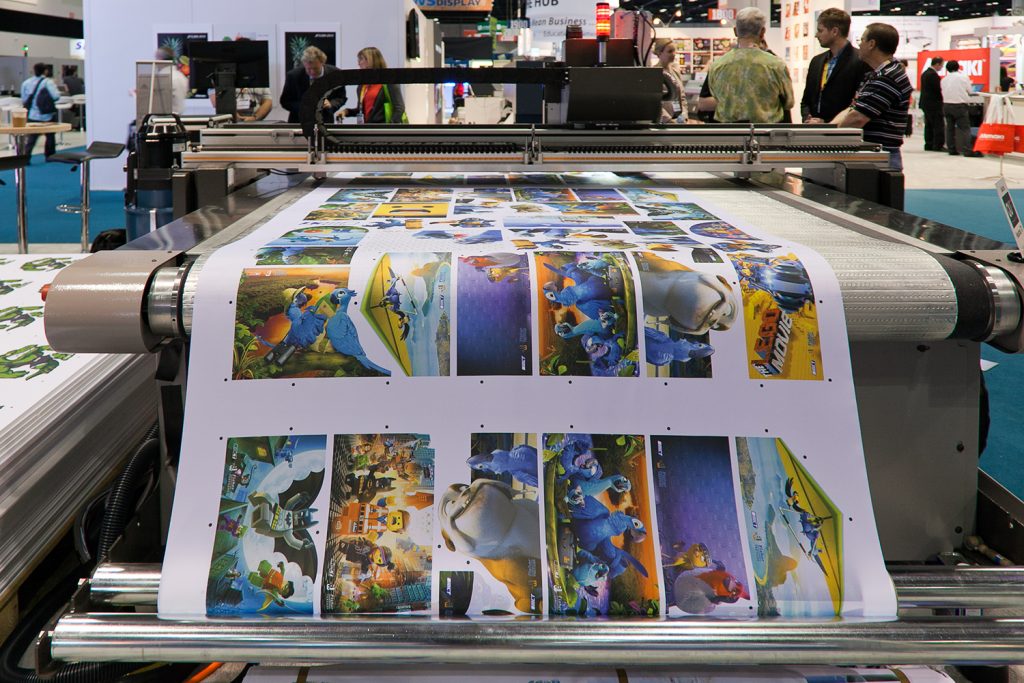Digital Printing is a strategy for printing from a computerized based picture straightforwardly to an assortment of media. It for the most part alludes to proficient printing where little run occupations from work area distributing and other advanced sources are printed utilizing enormous arrangement as well as high-volume laser or inkjet printers. Computerized printing has a greater expense for every page than more customary offset printing strategies, however this cost is generally counterbalanced by keeping away from the expense of the multitude of specialized advances needed to make printing plates.
It additionally takes into consideration on-request printing, short turnaround time, and surprisingly a change of the picture utilized for every impression. The reserve funds in labor and the consistently expanding capacity of computerized squeezes implies that Digital Printing is arriving at where it can coordinate or supplant offset printing innovation’s capacity to deliver bigger print runs of a few thousand sheets at a low cost.
Fine art inkjet printing will be printing from a PC picture document straightforwardly to an inkjet printer as a last yield. It developed from advanced sealing innovation from Kodak, 3M, and other significant producers, with specialists and different printers attempting to adjust these committed prepress sealing machines to compelling artwork printing. There was experimentation with large numbers of these sorts of printers, the most prominent being the IRIS printer, at first adjusted to compelling artwork printing by software engineer David Coons, and took on for artistic work by Graham Nash at his Nash Editions printing organization in 1991. At first, these printers were restricted to gleaming papers, yet the IRIS Graphics printer permitted the utilization of an assortment of papers that included customary and non-conventional media. The IRIS printer was the norm for fine art printmaking for a long time, is as yet being used today, however has been supplanted by huge configuration printers from different makers, for example, Epson and HP that utilization blur safe, chronicled inks, and authentic substrates explicitly intended for compelling artwork printing

